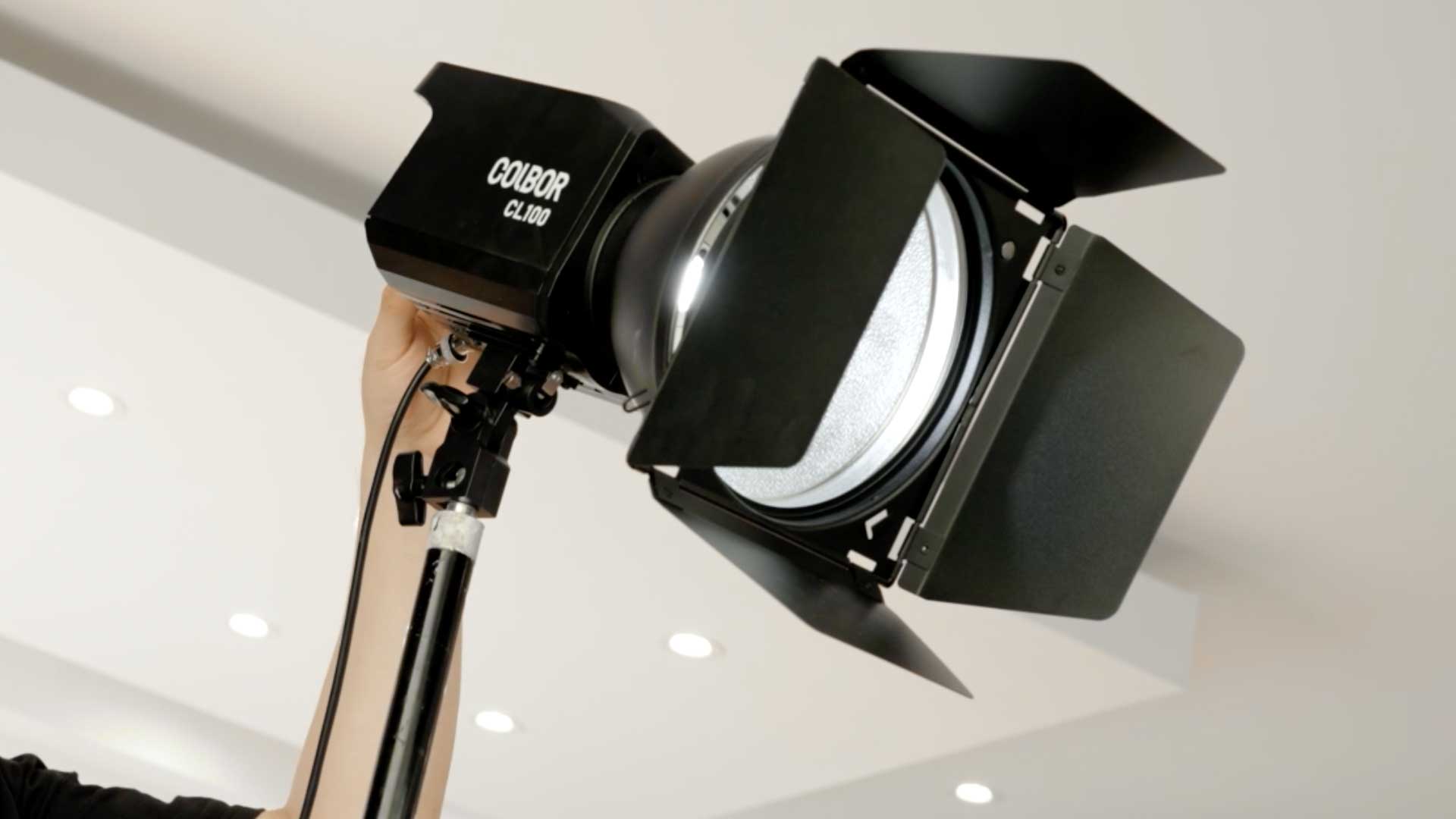LED COB, with LED standing for light-emitting diode and COB for chip on board, is a kind of lighting source using COB technology to improve light efficiency and reduce loss.
The LED COB chip-on-board technology is one of the most cutting-edge LED technologies in the lighting industry. It is an assembly method that directly mounts an array of diodes on a single substrate or a printed circuit board. Thanks to the assembly style, it appears like a lighting panel. No matter how many diodes are there, this design needs only one circuit and two contacts. Such configuration can accommodate nine or even more diodes on one chip, thus taking up less place while producing more brightness. Compared with older lights, it is relatively compact, efficient, and bright.

What are the advantages of LED COB lighting?
1. Condensed dimension
The gap between each diode is fairly narrow that the whole size of the LED COB light is quite compact. This provides great flexibility for utilizing it in diverse places.
2. High efficiency
In comparison to older lightings, COB LED chip has a higher watt ratio. It produces a large number of lumens per watt that can reach 100 while traditional one can only offer 20-50 lumens per watt.
3. Great uniformity
The brightness comes from it is comparatively uniform. When illuminating a subject, it brings a clean and distinct shadow outline. This makes it well suited for creating special lighting effects in shooting, thus it gains popularity from photographers and filmmakers.
4. Strong intensity
Because an array of light emitting diodes is mounted on one substrate, the density is higher than other LED chips, which means strong light intensity.
5. Less heat
Because of design simplicity, COB light contains fewer components than traditional ones. Hence, the heat generated by the components is relatively low compared to conventional lights.
What are the differences between LED COB and SMD?
When talking about LEDs, what comes to people's mind is probably the Dual In-Line Package LED that consists of a chip built in a cylindrical hard plastic. It is the most conventional one but it is bulky and not efficient.
Actually, thanks to the rapid technology development, more efficient and more powerful LED COB and LED SMD become two main types of bulbs now. With SMD standing for Surface-Mounted Device, SMD LED light is composed of diode chips fused permanently on the circuit board. These two typical modules are often mentioned in the same breath. However, there are still many differences between them.
1. Number of diodes
Chip LED COB can accommodate the LED COB array of more than 9 diodes while SMD LED can contain only 3 diodes. This accounts for the fact that the illumination of it is better than the one of surface-mounted device.
2. Efficiency
The former is generally capable of emitting 100 and above lumens per watt while the latter produces 50 to 100 lumens per watt.
3. Circuit design
LED COB panel merely has one circuit and two contacts, conducing to great simplicity and low failure rate for the whole device. Owing to the single circuit configuration, it needs multiple channel adjustments to realize the flexible effects of color. By contrast, SMD light has up to three individual circuits and six contacts on a single chip, which makes it not as compact as LED COB chip but capable of producing RGB results within one chip.
By the way, RGB stands for Red, Green, and Blue colors, which are added in a variety of ways to create multiple displays. In particular, the full intensity of each gives a White, and the quality of White depends on the primary light sources.
4. Light uniformity
LED COB performs quite well in providing homogeneous illumination and SMD cannot achieve the same effect.
Generally speaking, the chip-on-board one can realize high-intensity homogeneous light emission while the other performs better in the flexibility of colors.
Where to use COB LED light?
Photography
Professional manufacturers always utilize LED COB bulbs to make their products. Because of its luminous uniformity, you can use the portable COB LED light for photography and films. The COLBOR CL100 is such a good choice. It offers constant 100W output and features an intelligent temperature control system to ensure optimal working temperature.
Its unmatched compactness also provides great convenience for users to carry it around for outdoor and mobile filming especially when it is a COB rechargeable light.
Industry
Industrial sites like mining industries, car factories, and warehouses are typical examples that need those with high-density lumens for a coverage of large area. High intensity and great uniformity make COB chips well suited for this case.Architecture
In the architectural field, LED COB is widely used for sophisticated display. It is convenient to use reflectors to control the light beam. COB ceiling lights and downlights are commonly seen in residential design. They are so lightweight that they can be easily installed without damaging the aesthetics of the ceilings. In addition, COB LED flex strips are often used to decorate the outer walls of the buildings.Agriculture
In agricultural and horticultural fields, chip-on-board grow light is popular because it contributes to the better growth and higher output of plants, vegetables, and flowers indoor.All in all, with great efficiency and outstanding effects, the LED COBs gain a foothold in the industry. It is palpable that it might become the future of lighting.
